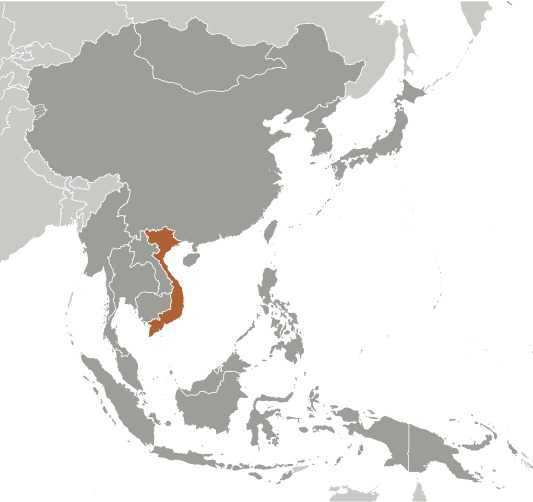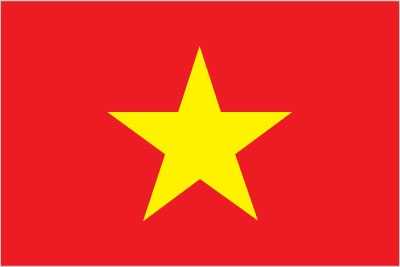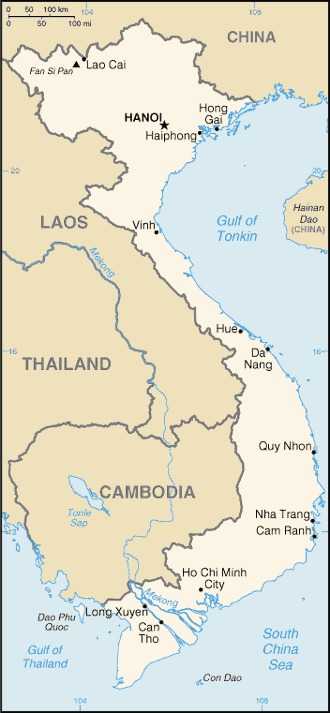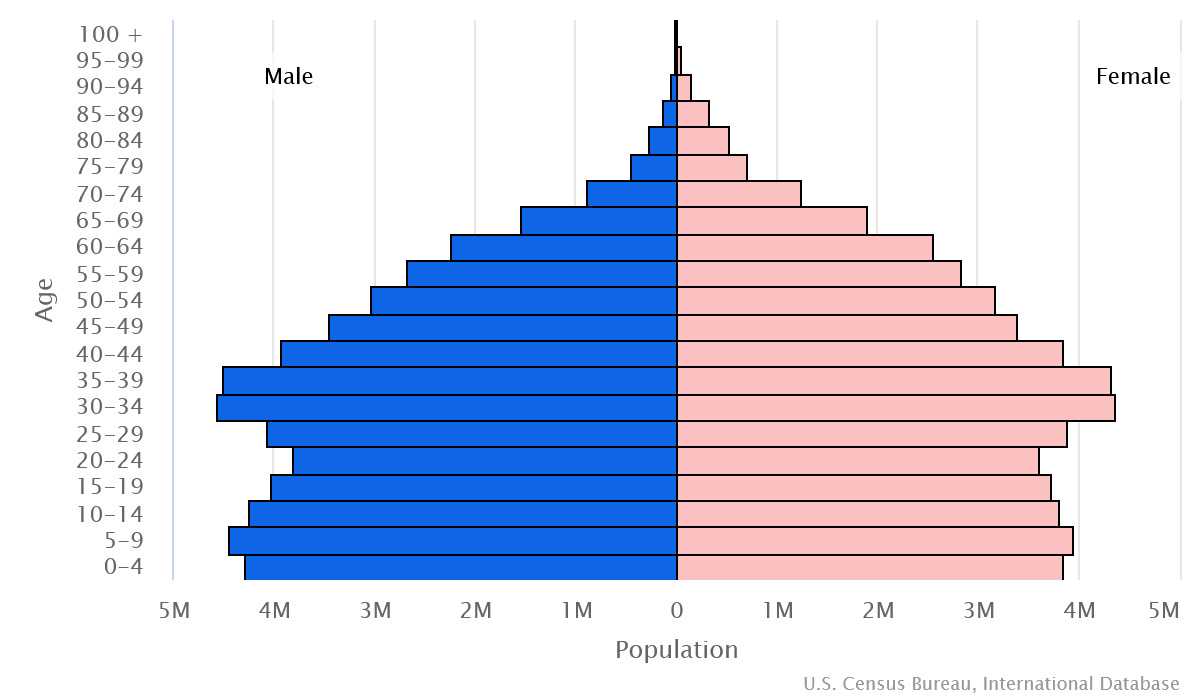Introduction
Background
The conquest of Vietnam by France began in 1858 and was completed by 1884. It became part of French Indochina in 1887. France continued to rule until its 1954 defeat, when the country was divided into North and South halves. Communist North Vietnam eventually conquered the anti-communist South in 1975 but then stagnated economically until 1986 before introducing a more market-based economy.
Geography
Area
total: 331,210 sq km
land: 310,070 sq km
water: 21,140 sq km
Climate
tropical in south; monsoonal in north with hot, rainy season (May to September) and warm, dry season (October to March)
Natural resources
antimony, phosphates, coal, manganese, rare earth elements, bauxite, chromate, offshore oil and gas deposits, timber, hydropower, arable land
People and Society
Population
total: 105,758,975
male: 53,109,175
female: 52,649,800 (2024 est.)
Ethnic groups
Kinh (Viet) 85.3%, Tay 1.9%, Thai 1.9%, Muong 1.5%, Khmer 1.4%, Mong 1.4%, Nung 1.1%, other 5.5% (2019 est.)
Languages
Vietnamese (official), English (increasingly favored as a second language), some French, Chinese, and Khmer, mountain area languages (Mon-Khmer and Malayo-Polynesian)
Religions
Catholic 6.1%, Buddhist 5.8%, Protestant 1%, other 0.8%, none 86.3% (2019 est.)
Population growth rate
0.89% (2024 est.)
Government
Government type
communist state
Capital
name: Hanoi (Ha Noi)
Executive branch
chief of state: Acting President Vo Thi Anh XUAN (since 21 March 2024); note - President Vo Van THUONG resigned on 20 March 2024
head of government: Prime Minister Pham Minh CHINH (since 26 July 2021)
Legislative branch
description: unicameral National Assembly or Quoc Hoi (500 seats - number following 2021 election - 499; members directly elected in multi-seat constituencies by absolute majority vote; members serve 5-year terms)
Economy
Economic overview
lower middle-income socialist East Asian economy; rapid economic growth since Đổi Mới reforms; strong investment and productivity growth; tourism and manufacturing hub; TPP signatory; declining poverty aside from ethnic minorities; systemic corruption
Real GDP (purchasing power parity)
$1.119 trillion (2022 est.)
$1.036 trillion (2021 est.)
$1.01 trillion (2020 est.)
Real GDP per capita
$11,400 (2022 est.)
$10,600 (2021 est.)
$10,500 (2020 est.)
Agricultural products
rice, vegetables, sugarcane, cassava, maize, pork, fruits, bananas, coffee, coconuts (2022)
Industries
food processing, garments, shoes, machine-building; mining, coal, steel; cement, chemical fertilizer, glass, tires, oil, mobile phones
Exports
$384.204 billion (2022 est.)
$340.126 billion (2021 est.)
$290.229 billion (2020 est.)
Exports - partners
US 29%, China 15%, South Korea 6%, Japan 6%, Hong Kong 3% (2022)
Exports - commodities
broadcasting equipment, garments, telephones, integrated circuits, machine parts (2022)
Imports
$371.111 billion (2022 est.)
$338.327 billion (2021 est.)
$269.808 billion (2020 est.)
Imports - partners
China 38%, South Korea 17%, Japan 5%, Taiwan 4%, Thailand 4% (2022)
Imports - commodities
integrated circuits, broadcasting equipment, refined petroleum, telephones, fabric (2022)
Exchange rates
dong (VND) per US dollar -
Exchange rates:
23,271.213 (2022 est.)
23,159.783 (2021 est.)
23,208.368 (2020 est.)
23,050.242 (2019 est.)
22,602.05 (2018 est.)
Page last updated: Tuesday, May 07, 2024




